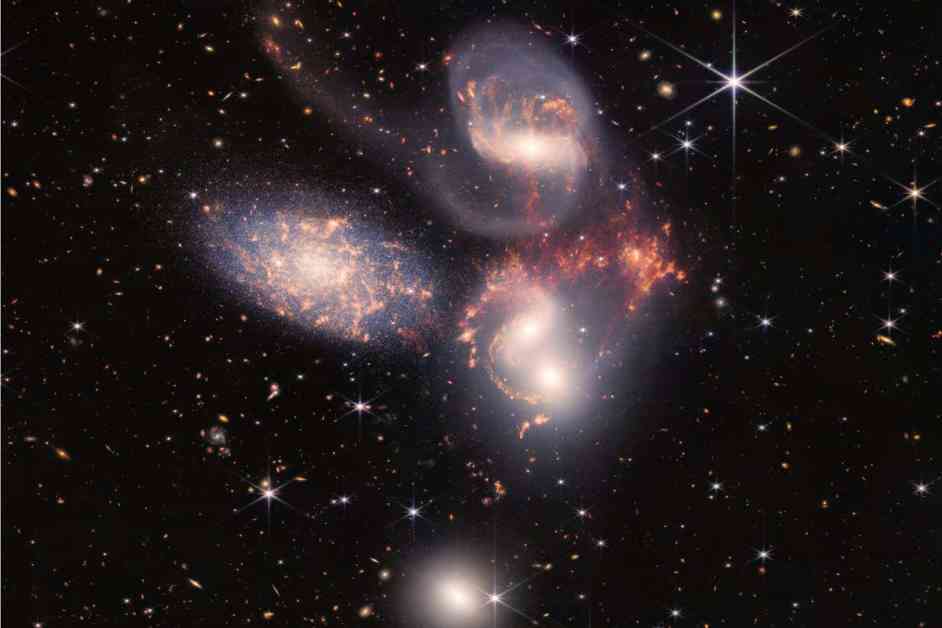The vast expanse of space has always been a subject of fascination and mystery for humanity. As we gaze into the night sky, we are confronted with the unfathomable size of the universe, stretching out into the unknown. While we may never be able to fully comprehend the true extent of the cosmos, scientists have been able to glean valuable insights into the nature of space-time and the forces that shape it.
One of the fundamental questions that has puzzled astronomers for centuries is whether the universe is infinite or finite. The concept of an infinite universe is mind-boggling, suggesting that space stretches on forever in all directions. On the other hand, a finite universe would imply that there is a boundary or edge to the cosmos, beyond which there is nothing.
The observable universe, the portion of the cosmos that we can see and study, is estimated to be about 46 billion light-years in every direction. This vast expanse is the result of the speed of light combined with the expansion of space itself. The expansion of the universe is driven by dark energy, a mysterious force that counteracts the pull of gravity and causes galaxies to move away from each other at an accelerating rate.
Cosmologists have grappled with the implications of dark energy since its discovery in the early 20th century. The existence of this enigmatic force has led to a reevaluation of our understanding of the size and shape of the universe. Without dark energy, the universe would be much smaller and more predictable, with gravitational forces dominating the dynamics of space-time.
Recent research by scientists such as Jean-Luc Lehners and Jerome Quintin has shed new light on the possible size of the universe. While the observable universe may be vast, extending billions of light-years in all directions, there are hints that the true extent of the cosmos may be even larger. The interplay between gravity and dark energy continues to shape the fabric of space-time, influencing the evolution of galaxies and the structure of the universe as a whole.
As we continue to explore the mysteries of the cosmos, we are faced with profound questions about the nature of space-time and our place within it. The quest to understand the size of the universe is an ongoing journey, filled with wonder and discovery. While we may never unravel all the secrets of the cosmos, each new revelation brings us closer to unlocking the mysteries of space and time.






